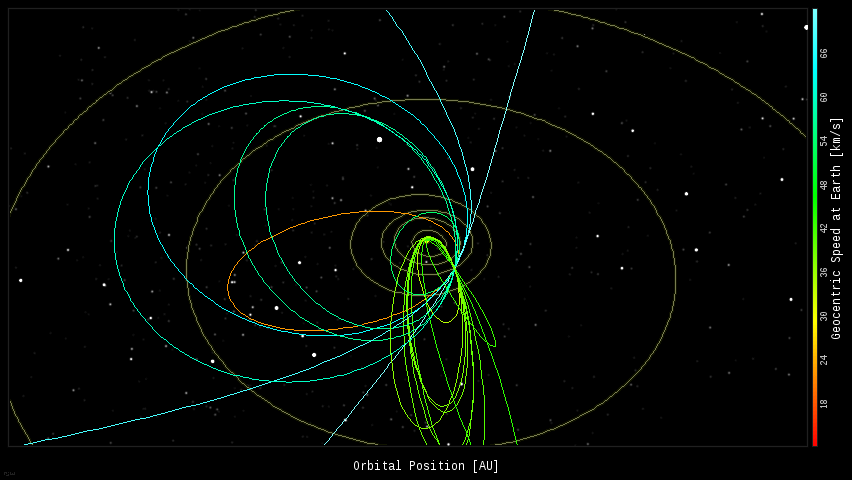OF THE
TIMES
Heaven and hell are eternal places because they are always present at the extremes of human existence, for better or for worse. People are constantly choosing between them, although they are generally not conscious of that in an articulated manner.
Apparently no longer so rare. Using that term to make it sound not so bad, eh? What a screaming bunch of evil we are becoming less and less...
Things are changing for the current regimes long laid plans...
They profited 50 billion, and then complain about writing off 5. Where did the 45 billion dollars of usury go? Phuck all the banksters.
After thousands of years, and using modern technology, the only information that is conveyed from the analysis, from one of the most noted...
All the dipshits that support Ukraine, Israel, the military industrial complex, and corporations, deserve to have everything stripped from them....
To submit an article for publication, see our Submission Guidelines
Reader comments do not necessarily reflect the views of the volunteers, editors, and directors of SOTT.net or the Quantum Future Group.
Some icons on this site were created by: Afterglow, Aha-Soft, AntialiasFactory, artdesigner.lv, Artura, DailyOverview, Everaldo, GraphicsFuel, IconFactory, Iconka, IconShock, Icons-Land, i-love-icons, KDE-look.org, Klukeart, mugenb16, Map Icons Collection, PetshopBoxStudio, VisualPharm, wbeiruti, WebIconset
Powered by PikaJS 🐁 and In·Site
Original content © 2002-2024 by Sott.net/Signs of the Times. See: FAIR USE NOTICE

"The show, in other words, is just getting started."
Hmmmm--where else have I heard that phrase lately?
Oh yes--the July 22, 2012 Cassiopaean Transcripts on the Forum.